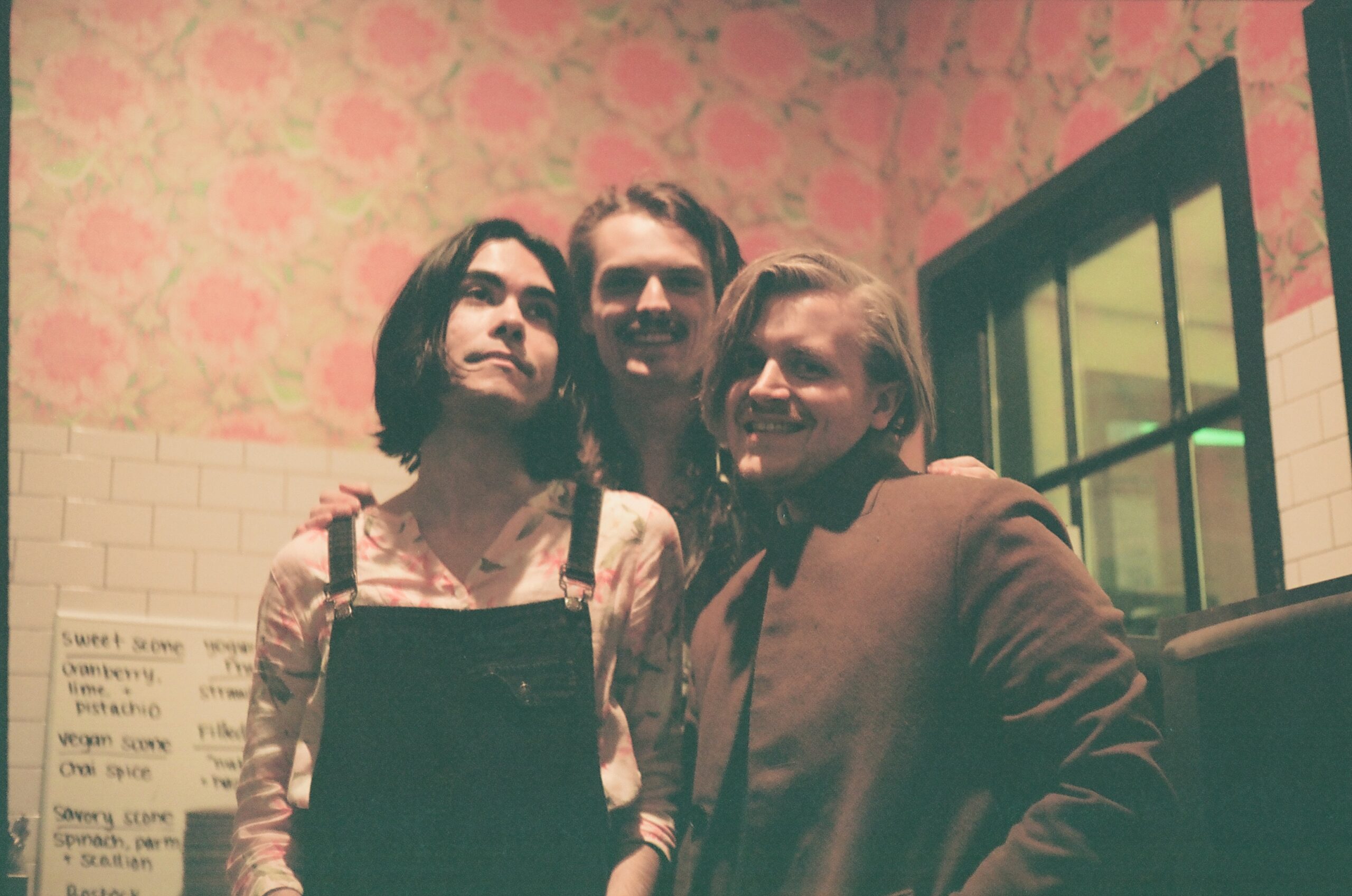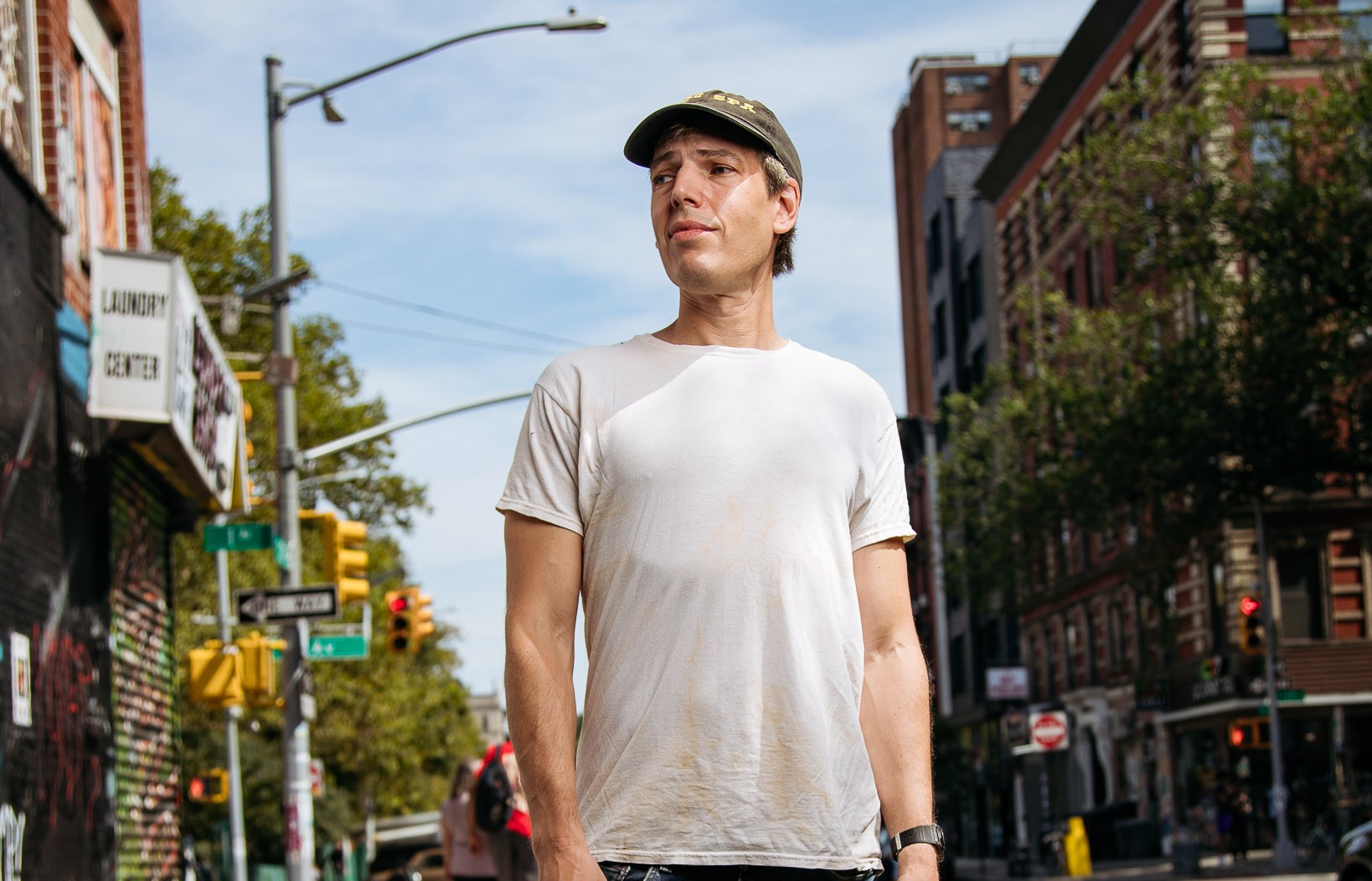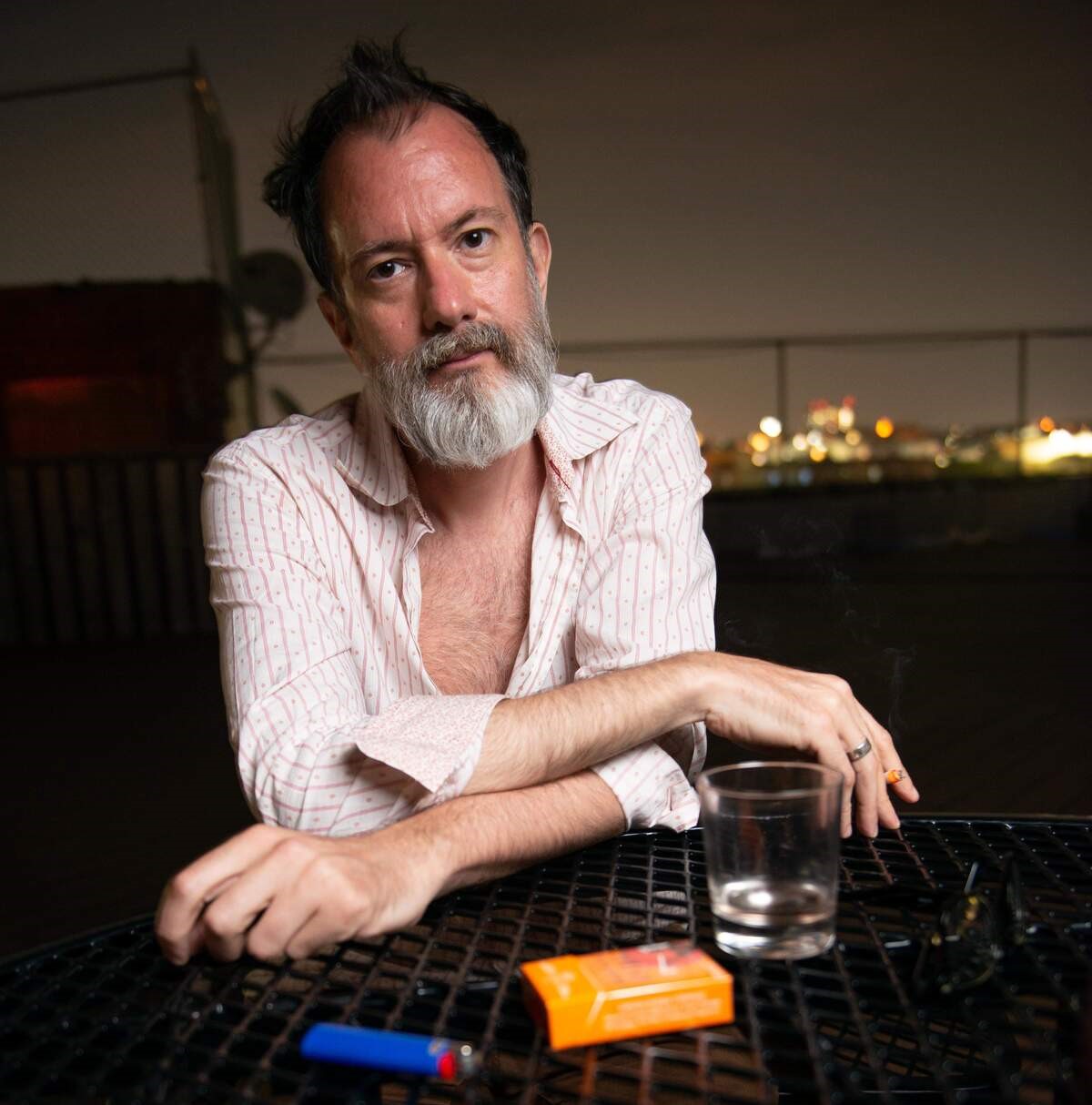Floral Portrait | Interview | New Self-Titled Album
Floral Portrait is a psych pop project of Jason Bronson and collaborator Jacob Chisenhall. Their fantastic debut album was released via Marching Banana Records.
Inspired by pop auteurs like The Zombies and The Beach Boys, as well as Atlanta pop underground’s Sunset Honor Unit in which he plays keyboards, Bronson has crafted ten songs for his peers among them – SHU/Delorean Gray bandmates Jacob Chisenhall and Freeman Leverett – to flesh out within The Glow (Athens producer Jesse Mangum’s storied studio space). Mangum called this record “the most ambitious record I’ve ever worked on”; they spent about 4 years together on this record. He is a firm believer in the direct line between Tin Pan Alley Pop, the Great American Songbook, Burt Bacharach, Brian Wilson and Van Dyke Parks, up until & including the present. The new album is a stunning first glimpse into that vision — baroque, highly-refined, sweeping chamber pop, detailed but not laborious.
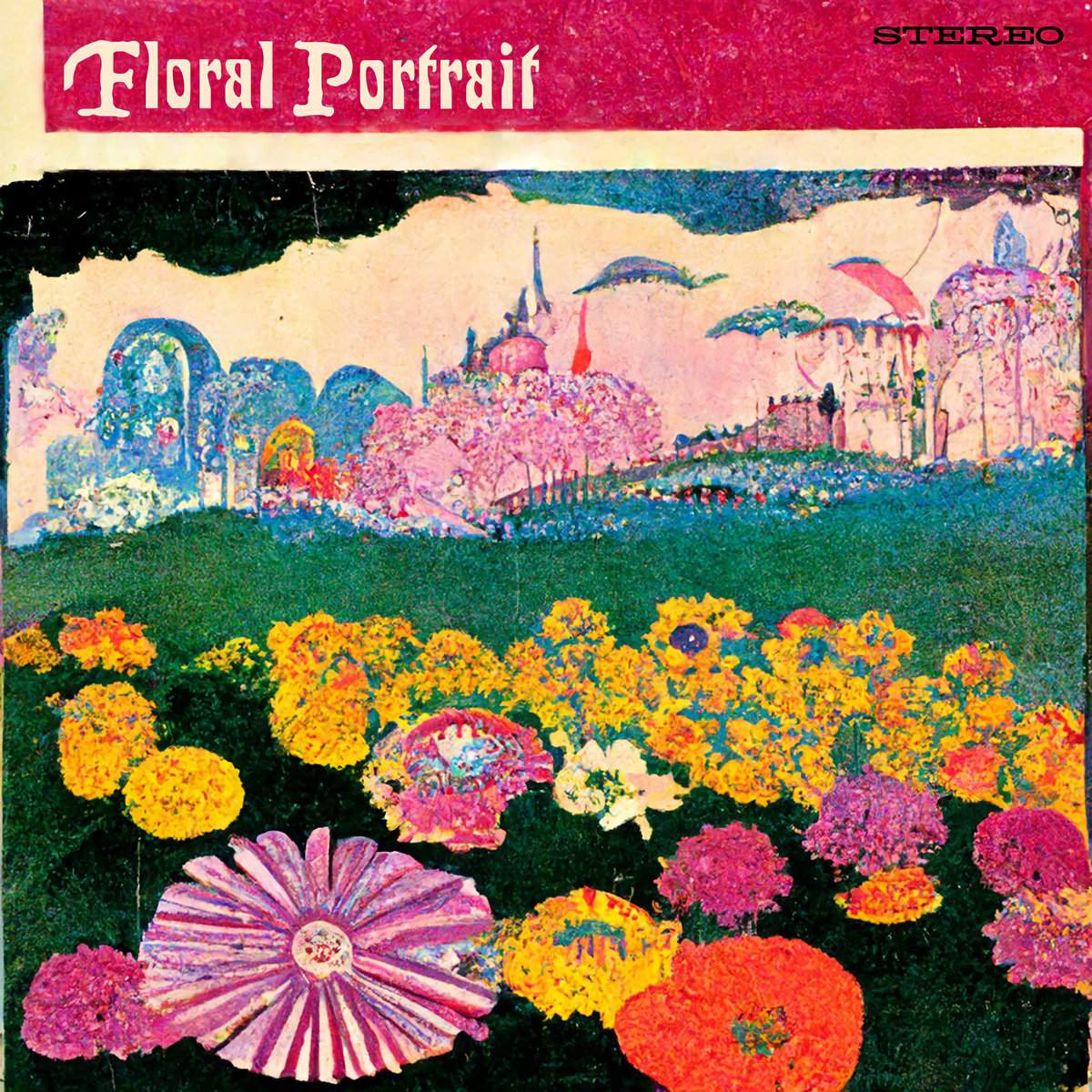
“Some ideas will just come naturally”
I was very pleasantly surprised with how good your latest album sounds. How much preparation went into the creation of Floral Portrait?
Jason Bronson: In many ways, this project leaned heavily on preparation. There are so many moving parts, and at times it was incredibly organized – and other times quite chaotic – but that adds to the beauty of it all.
For each song you hear on this record, I made a handful of recorded “demos” (small jam sessions on my iPhone or through Logic) and spent many, many hours over several months preparing them in Finale (music notation software) and individually plotting every note you hear into sheet music. I’m a pianist at heart, so the arranging part is all laid out in front of me on the keyboard before going into Finale. To put it a bit more plainly, I approached it like a composer. Of course, during this process, everything started to become more refined and organized, which was a positive outcome of the lengthy process.
I cannot overstate how involved Jacob Chisenhall and Freeman Leverett were on this record as well. Jacob is an endless supply of melody, and Freeman is an endless supply of ideas. They were the only musicians that I let write their own parts, actually. I know I can trust and count on them, and they understand and appreciate what I’m trying to do in return.
I would make itineraries for the session musicians (most of whom I met during my time at the Hugh Hodgson School of Music), and base their sessions around everyone’s preferred schedule – not necessarily the most practical recording order (Thank you, Jesse Mangum, for bearing with me). My main goal was to make the musicians feel comfortable and relaxed, and to do so, I needed to make sure their needs were met first, as a priority. Once that was taken care of, each musician had the ability to play at their best.
Within the studio, there were several things that had to be prepared. The track piano on ‘Clarissa’ had to be extensively prepared on the inside. The harpsichord in the studio – it’s a great little harpsichord – but it only holds tune for about 45 minutes, if that. And it takes hours to tune it. So being prepared to play my written parts was crucial. Those were just some things that came to mind.
That being said, it’s good to be spontaneous sometimes, too. We weren’t getting the string sounds that we wanted, and I believe someone turned or knocked a mic on accident, and bam! The recording sounded better with the mic facing away from the violinist. We continued that technique onwards through the album.
The record itself sounds like it’s from a different time. Would you like to speak about inspirations and the process of achieving this kind of sound?
I was really inspired by all sorts of artists up to and including the present, but I just tend to be naturally drawn to the magic of artists from the 1960s. It’s from a time so distant now that it’s almost mythology, which is quite neat. You can study it like you would a history book. And then you have scenes like The Paisley Underground, who also were really into the 60s…in the 1980s, and you have Sarah Records, too. Lots of 90s and 2000s folks were into 60s pop as well – I’m just adding to that sound. There’s a lot of really inspired melodic music out there that draws from this 60s-tinged school of thought and imagination. Jesse’s really into all that as well – so it was a perfect match.
Jesse Mangum (producer at The Glow Recording Studio): We used as few mics as possible from a much greater distance than normal to capture the source, and we only used gear/plugins that emulate gear that existed in the 60s (plate/spring reverbs/old compressors, etc.). It was really about capturing the source WITHOUT a bunch of processing. That’s what people get wrong when trying to do retro-ish records. I also really studied the frequency response curves of our favorite songs and records from the 1960s and beyond.
Jason Bronson: Someone said in a comment online, “This sounds like it could have been made yesterday or 60 years ago.” That’s exactly what we were going for, and I’m glad people are picking up on it. My best intent was to include a little something for every demographic on this record. It’s working, because people from all walks of life have reached out to me!
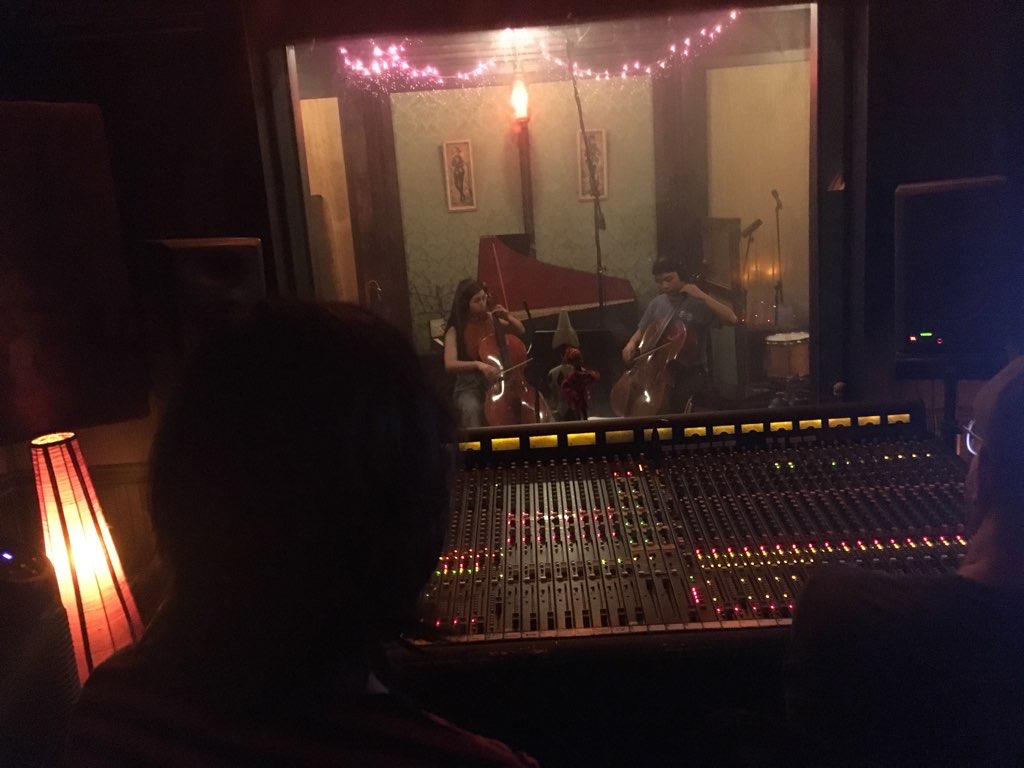
“I had been dreaming of making an orchestrated record since I was 15”
So how exactly did the project come about? Is this your first musical endeavour?
I have been a keyboardist/pianist in several different projects in and around Athens and Atlanta, Georgia. I love the Georgia music scene and its rich history more than anything. I mean, Ray Charles is from here. As a piano player, what more could you want? And you have Neutral Milk Hotel, and Of Montreal, too (…and the entire Elephant 6 scene). The Beach Boys worshippers all record in Georgia at some point or another. I am just one among them.
I had been dreaming of making an orchestrated record since I was 15, but it really didn’t seem like something that could come to reality until I started learning about composition and the compositional process in school. It didn’t demystify music for me, but it certainly gave me the confidence to believe that I could write music, too. It’s not something that you have to be born with, necessarily (though that does help in some scenarios). Some people have different sorts of talents than others, but really it all boils down to working at it over and over until you get it right, or get lucky, or both. A lot of people give up. All of my friends are hard workers and serious about their craft. They’re lifers. It’s important to surround yourself with lifers.
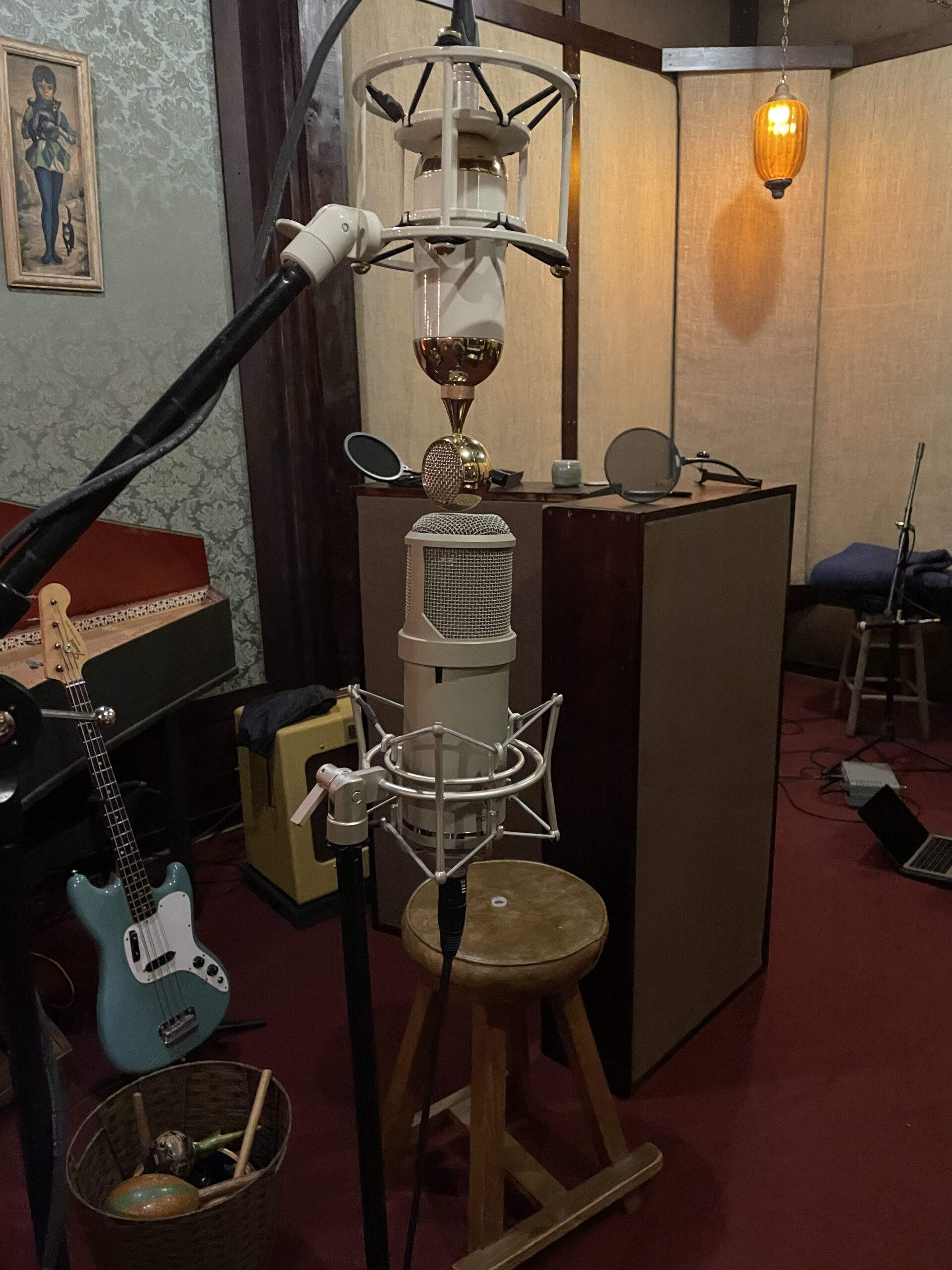
I also met plenty of the right people at the right time. Jacob Chisenhall and I hit it off from the start with our mutual appreciation of ‘Pet Sounds’ and ‘SMiLE’. Freeman Leverett introduced me to Martin Denny and Les Baxter. I met Jesse Mangum through Jacob, and he introduced me to the entire art of recording, as well as specifically emulating the studios where my favorite records were made. His studio space is about the same dimensions as Motown’s. So that helped.
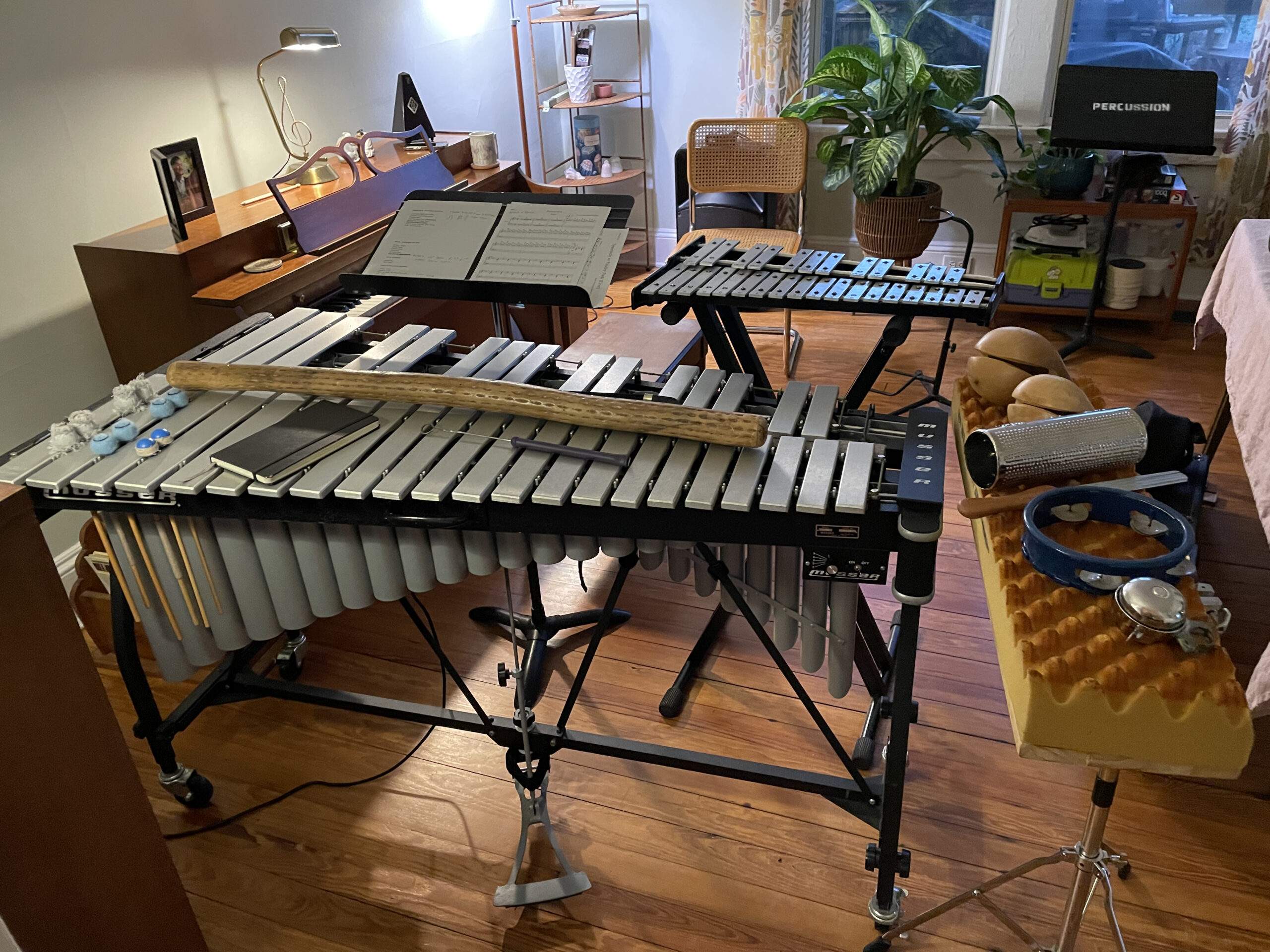
And yes, this is my first musical endeavor as a composer and bandleader, and the first record I’ve ever sang on, so it’s exciting. ‘Clarissa’ off the record was the first complete song that I wrote, really.
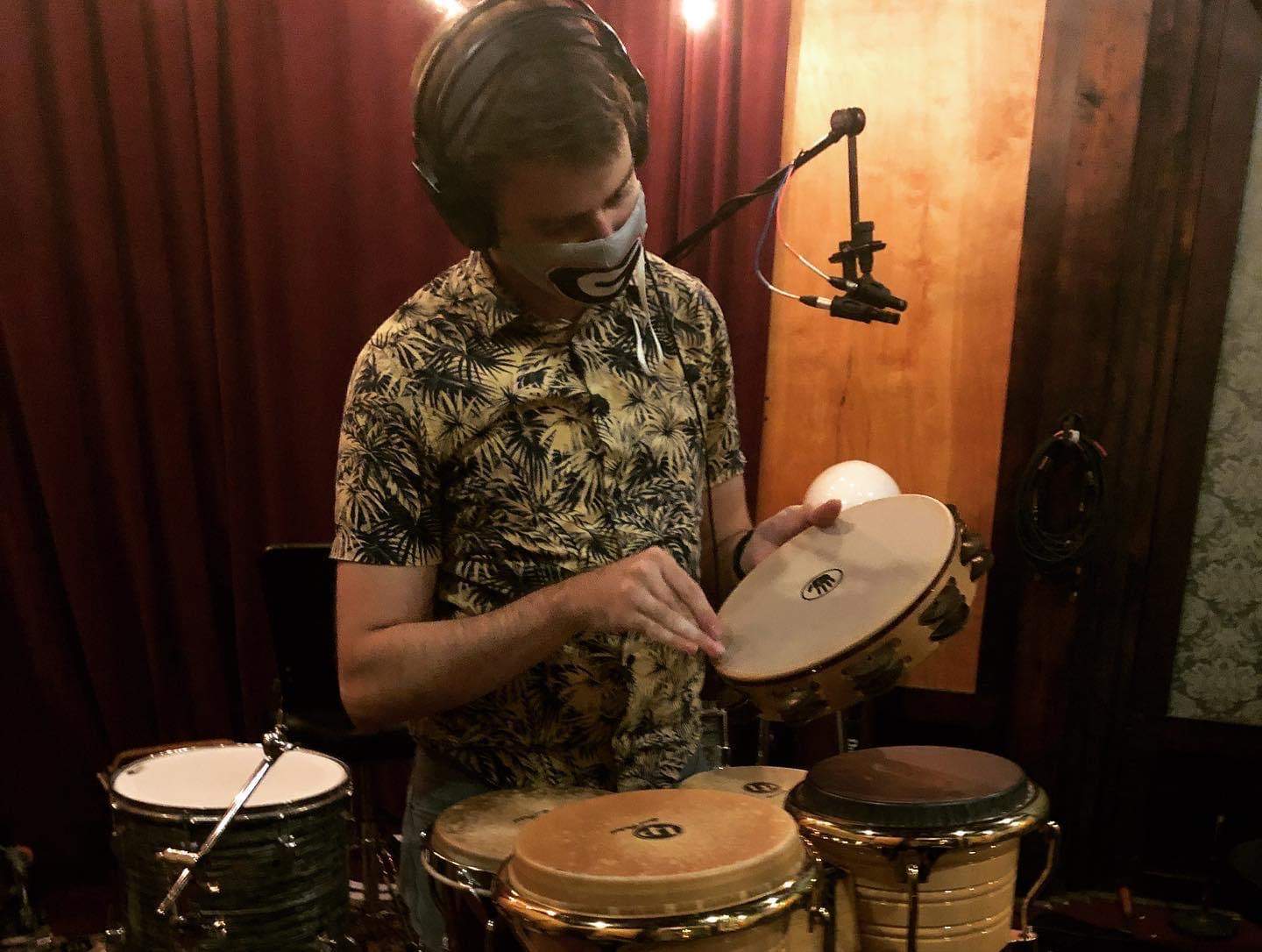
Who is behind the artwork?
This is the main question I’ve been getting asked. I’m not a schooled [visual] artist by any means, and the cover went through so many stages and changes. Some may be shocked to hear it was initially AI generated. I selected particular 1960s album covers and layouts and randomized them, distorted them, etc. I must have gone through thousands of AI generations over a 2 month period, and the result was a very alien-looking cover. I didn’t want it to be too alien, though, so I taught myself how to use photo editing software in order to adjust the image the way I wanted, add things to the scenery, make things look more surreal, change the colors hundreds of times…
Harry Clarke (1889-1931) is an artist I admire a lot and the flowers are all inspired by him. I truly think he creates the best flowers in all of the art that I’m familiar with. I also was really inspired by a lot of surreal and impressionist art you would see on the cover of Debussy or Ravel’s works for piano, for example. Those are burned into my brain from piano lessons.
Lastly, I spent a great time selecting a typeface, and was aided by my friend Alex Davis in that regard and for any art questions that I had in general. At one point, we were considering creating a new typeface, but we ended up mixing two typefaces together to create the “Floral Portrait” album title you see on the cover.
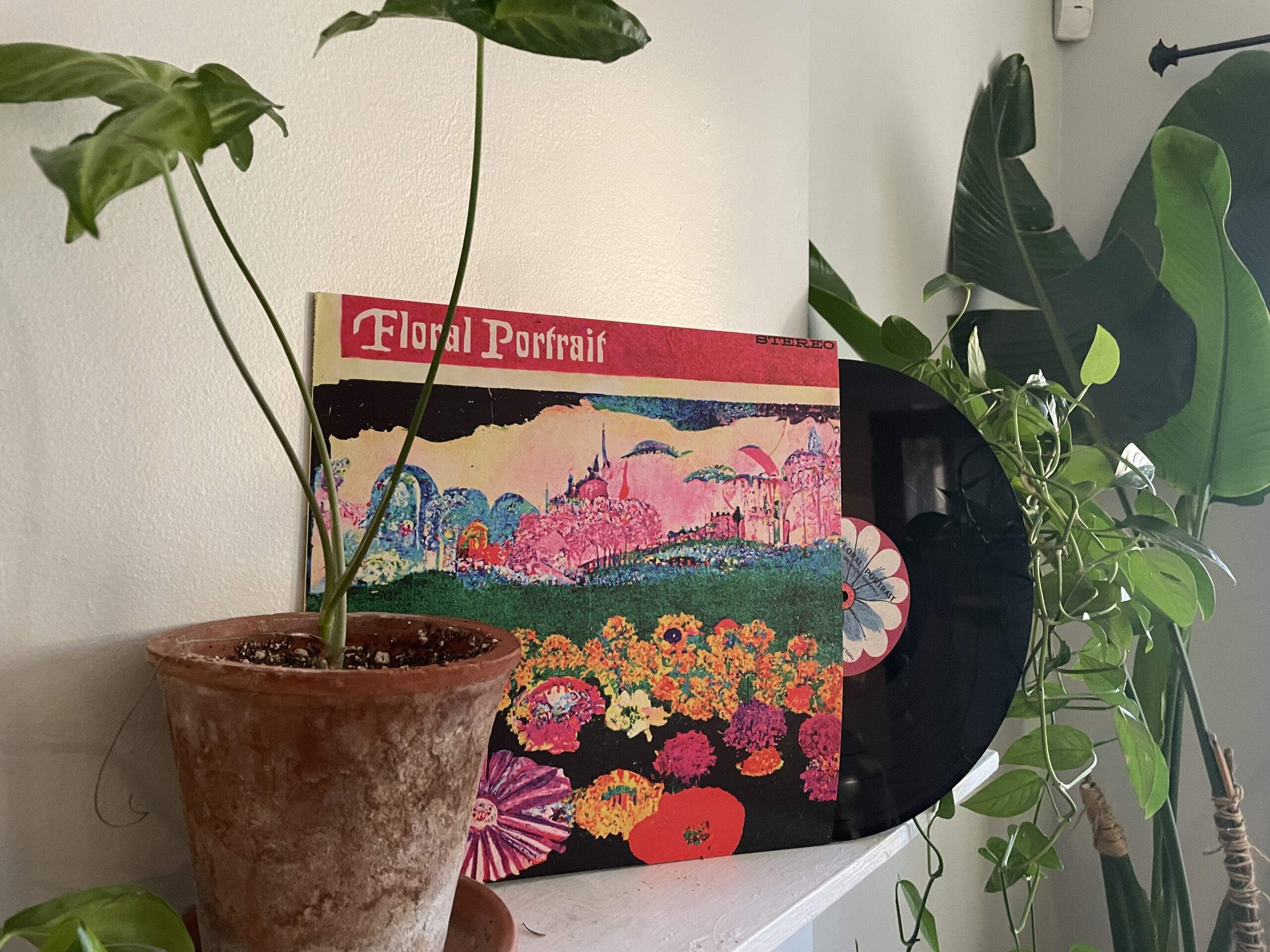
Would you like to tell us about the process of writing and recording the album?
I believe I may have answered this in the other question about preparation. However, I can give you the full process. I began writing in 2018 and had three to four songs in a semi-complete state as demos. I presented them to Jacob Chisenhall, who often added melodic ideas that brought the songs to a higher level of sophistication. From there, I would normally start writing it all in through Finale. Once through Finale, I would take the MIDI file of the sheet music and present it to Freeman Leverett, and he and I would work out bass parts and odd percussive bits while playing along to the MIDI file. An initial idea is that we wanted all of the percussion to sound like a song in itself when isolated, and I think we achieved that.
From there, we would take the music to the studio – often recording two to three instruments per day. If we couldn’t play the particular instrument between the three of us, we would hire a session musician from the Hugh Hodgson School of Music, mainly. Jesse Mangum handled production duties, and he always knew what to do and how to get the session going smoothly.
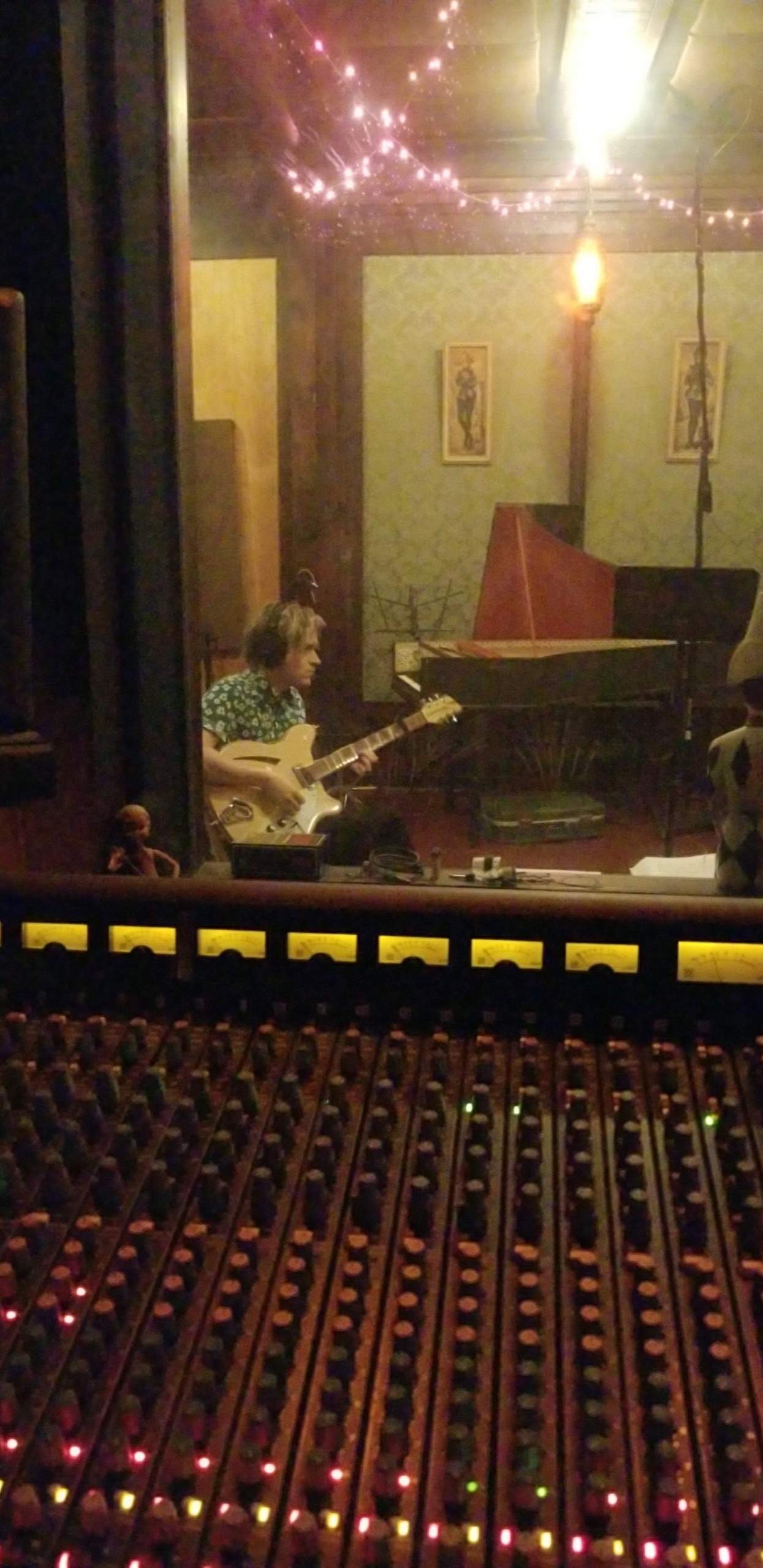
How do you usually approach music-making?
I try to approach songwriting and music-making from every different angle that I can so that I don’t get bored. Mostly it’s at a piano, but for ‘Sunset Stroll’ it was definitely on my Danelectro guitar. Some ideas will just come naturally by singing in the car. I will say that being around such talented people always gives me a fresh perspective on writing and music as a whole. It makes me appreciate music more. Freeman, for example, is like an endless dictionary of chordal harmony, while somehow also being an incredibly talented percussionist and bassist.
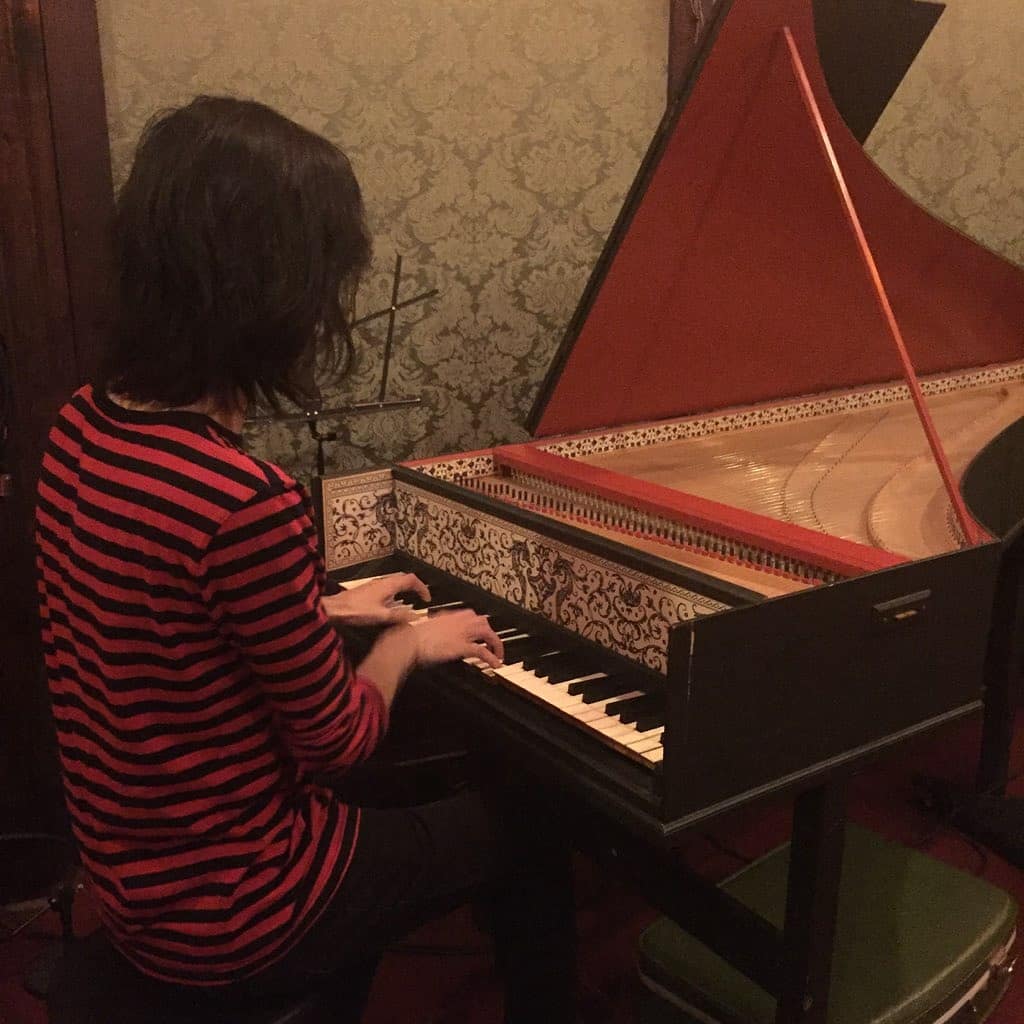
Is there a concept behind it?
Yes. Lyrically, it’s a lot about first love, obsessive personality, and navigating interpersonal experiences (both positive and negative) while growing into myself as a person. Introspection and introversion have a lot to do with it.
Sonically – I tried to emulate the compositional style of Brian Wilson any way that I could, while also forcing myself to expand on that musical style with his vocabulary. That’s just true for some of the songs, as that wasn’t a rule that was set in stone. I tried to be as flexible as I could with my influences. Some songs sound like they were written by 19th or 20th-century classical composers. Berlioz comes to mind on ‘Spectacle in Paisley Park’. I also really like this 20th-century composer Henry Cowell, and I wrote a final paper on him in school. I’m into all sorts of things. I like experimenting and painting with sound, and I also like the craftsmanship of classic songwriting (Great American Songbook and beyond – it’s a lineage).
Jacob is really into Jerry Byrd for his lap steel parts, and Freeman and I tried to emulate Carol Kaye and Paul McCartney as best we could with the bass lines.
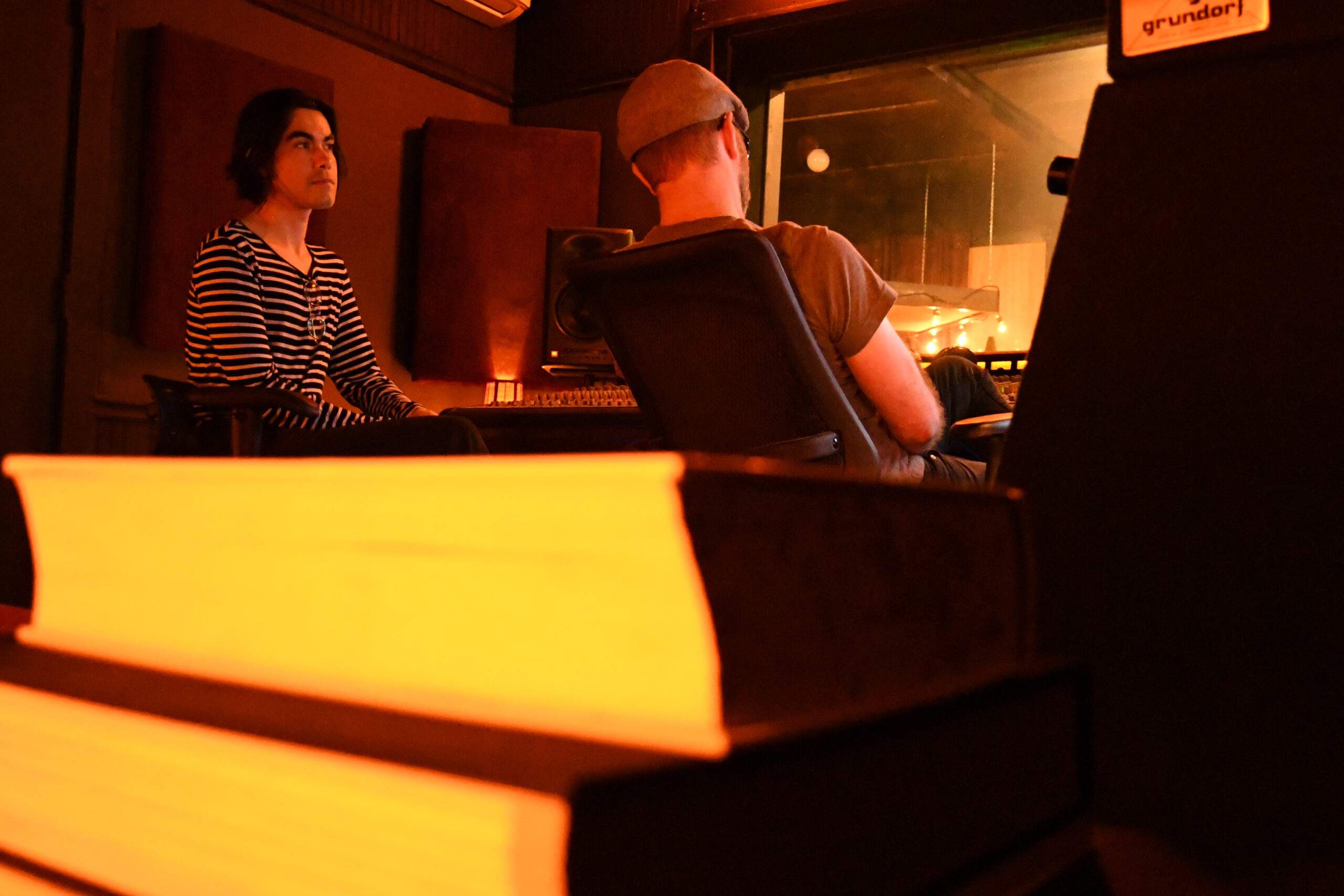
You had a lot of session musicians – that must have been quite difficult to work with to realize your ideas?
…and the pandemic only made it worse, unfortunately. Everything was delayed. Once the musicians were actually in the room, it wasn’t too difficult to get them to play how I wanted. I have a very clear picture in my head about how I want it to sound, and even though I’m a schooled musician, I’ll still use a lot of adjectives to explain what I’m looking for. “More syrupy, more garagey, more fuzzy – less pretty. Less professional.”
All of the musicians that I worked with were able to exceed my expectations quickly (and my bar is high), so that is just a testament to their skill level. Oftentimes the parts they were able to play sounded better than I had imagined in my head. In addition, Jesse Mangum had so many beautiful mics to choose from to capture the magic – so not one take was wasted. I was always confidently covered on that front.
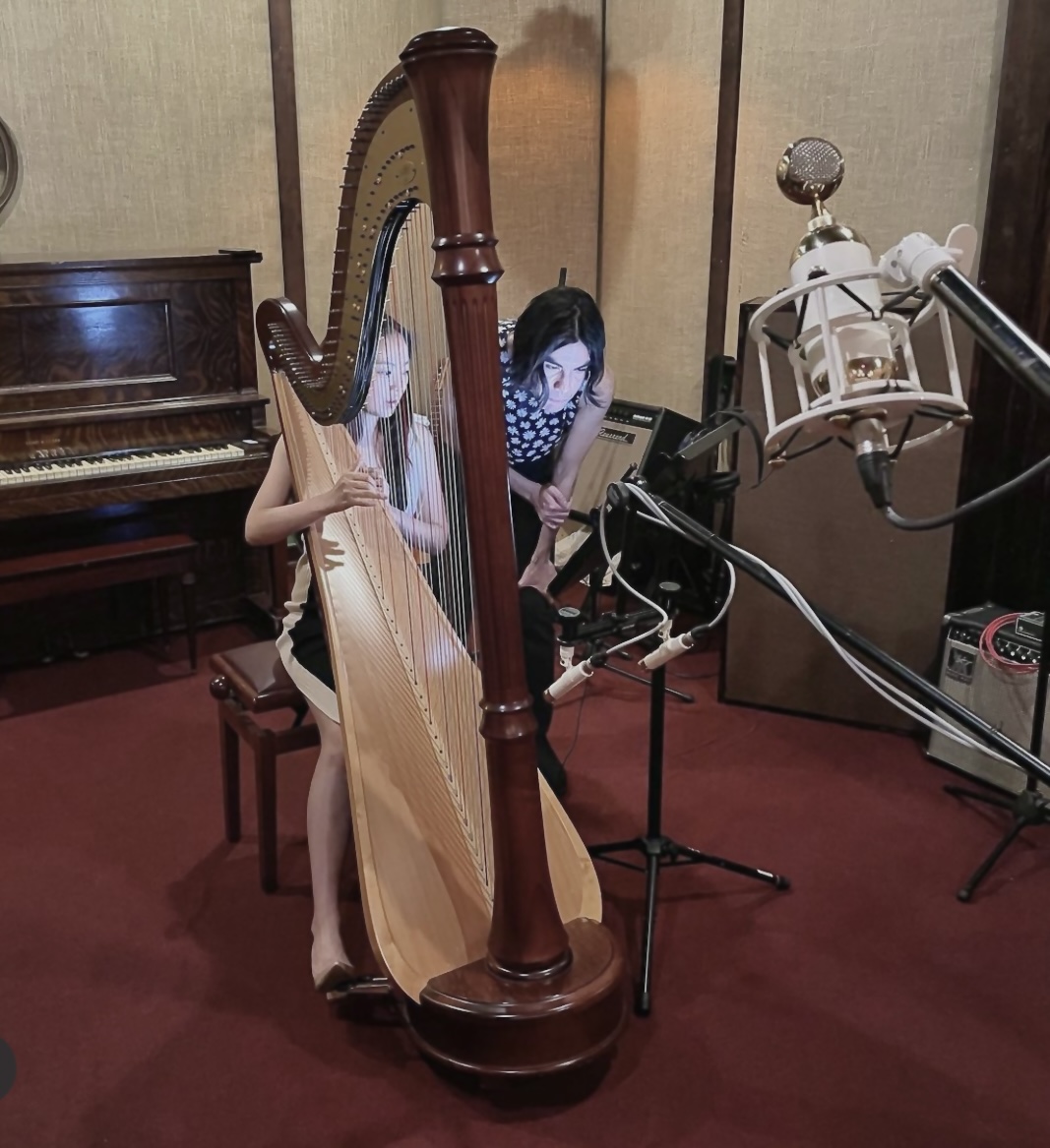
What are some future plans?
That’s the question. Where do I take the music from here? We have a full ensemble show at Hendershots (March 3) in Athens, Georgia where we’ll be playing the whole album, front to back. It would theoretically take a full orchestra, but I’ve rearranged them down to 8 musicians. We also have a handful of other shows planned – that’s just the big one. I don’t know. I hope to continue to collaborate with local musicians and see where my influences can take me. I feel more inspired than ever. I don’t ever want to do the same thing twice. I learned that from all of the Elephant 6 records. I’ll change things up next time around, but it’ll still sound like me.
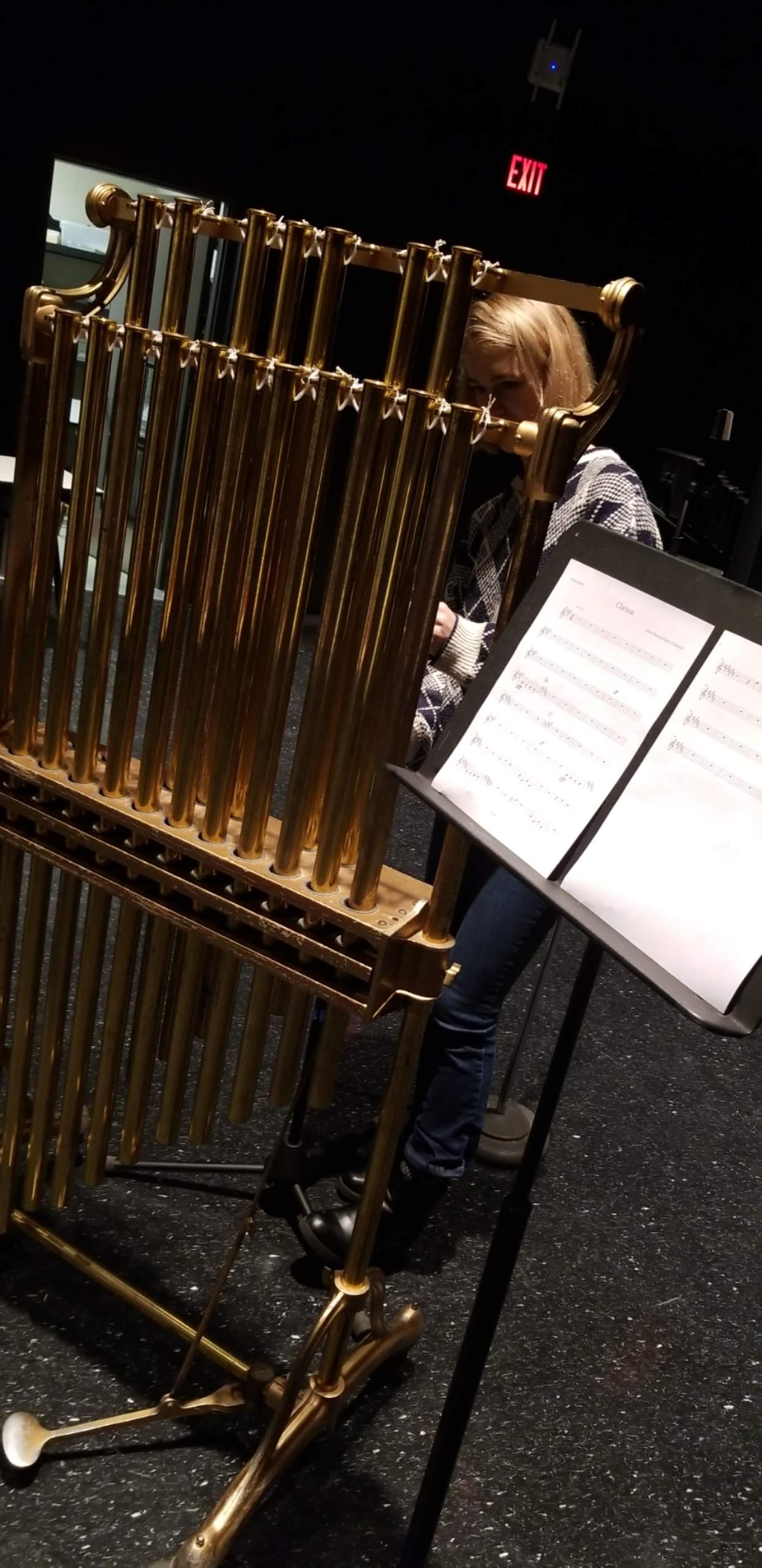
Are you involved in any other bands or do you have any active side-projects going on at this point?
Yes – I love working with all of my friends. It’s the main way that I like to hang around. I play keyboards in the band Sunset Honor Unit (Atlanta/Marching Banana supergroup of sorts), and at times with Delorean Gray (synth pop alter ego of Jacob Chisenhall). I also do some arrangement work on the side, most recently for a glam project in Athens, Georgia.
Let’s end this interview with some of your favourite albums. Have you found something new lately you would like to recommend to our readers?
There is a band called Odessey & Oracle (yes – like The Zombies album) that I really admire. They have a new record out called ‘Crocorama’. It’s cut from the same cloth as my music, and the High Llamas, Stereolab…and ultimately Brian Wilson and all sorts of baroque pop. It’s very surreal and delicate, and full of color.
There is a new-ish double LP from recently deceased artist Margo Guryan that I really like, ’29 Demos’. She’s an artist who really hits close to home, as she was a piano teacher and songwriter who was heavily influenced by ‘Pet Sounds’, much like me. Her vocals are immaculate. It’s wispy and double-tracked, and I tried to emulate that on my record.
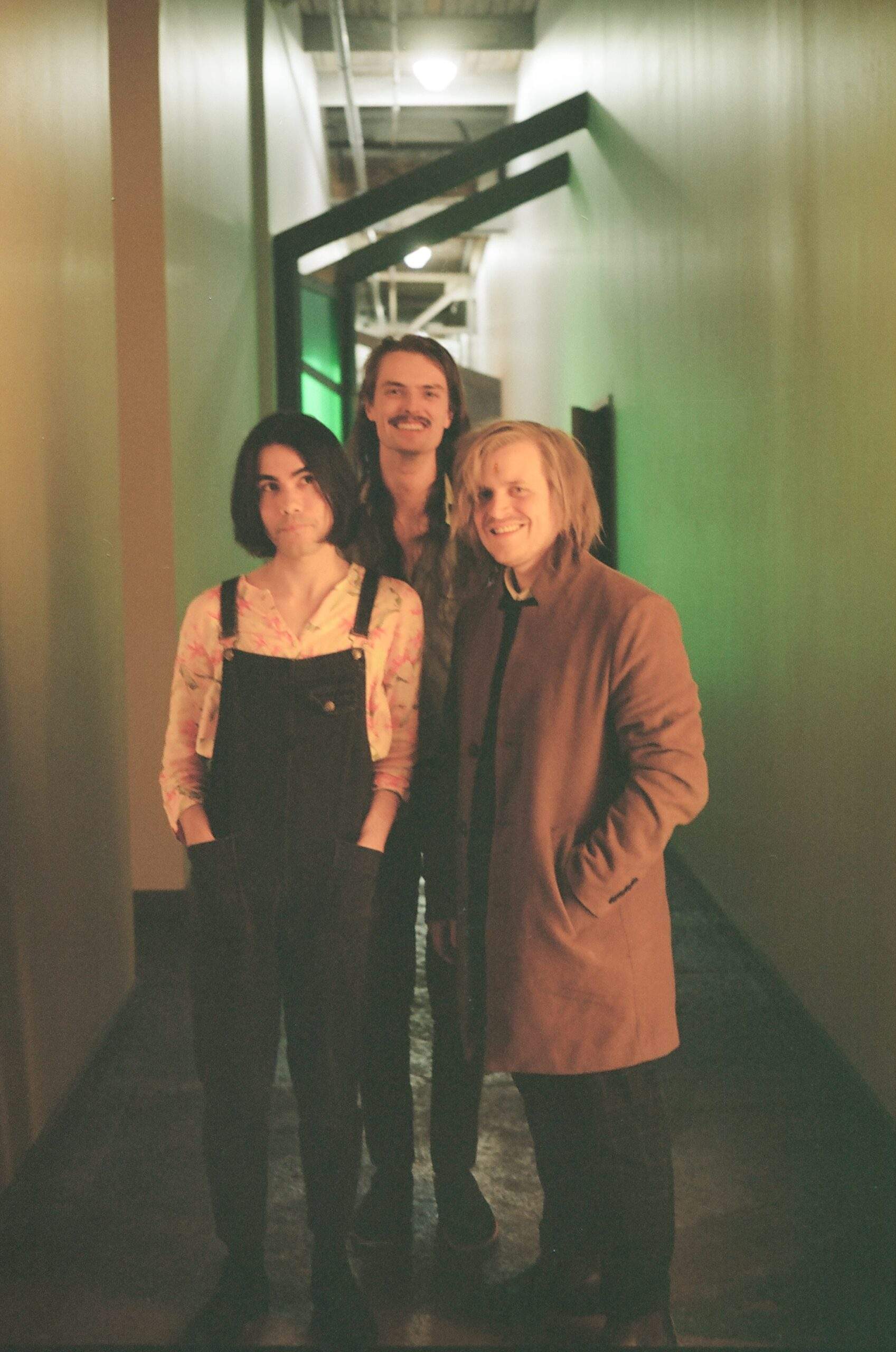
Thank you. Last word is yours.
Thanks for taking an interest in my music. I truly appreciate it, and I’m very grateful for the response I have received so far. To everyone out there, go forth and be nice to others, give back to your community, and make cool things in the process. That’s all I have to say.
Klemen Breznikar
Headline photo: Charles Bryant
Floral Portrait Website / Facebook / Instagram / Bandcamp / YouTube
Marching Banana Records Facebook / Instagram / Twitter / Bandcamp / YouTube

